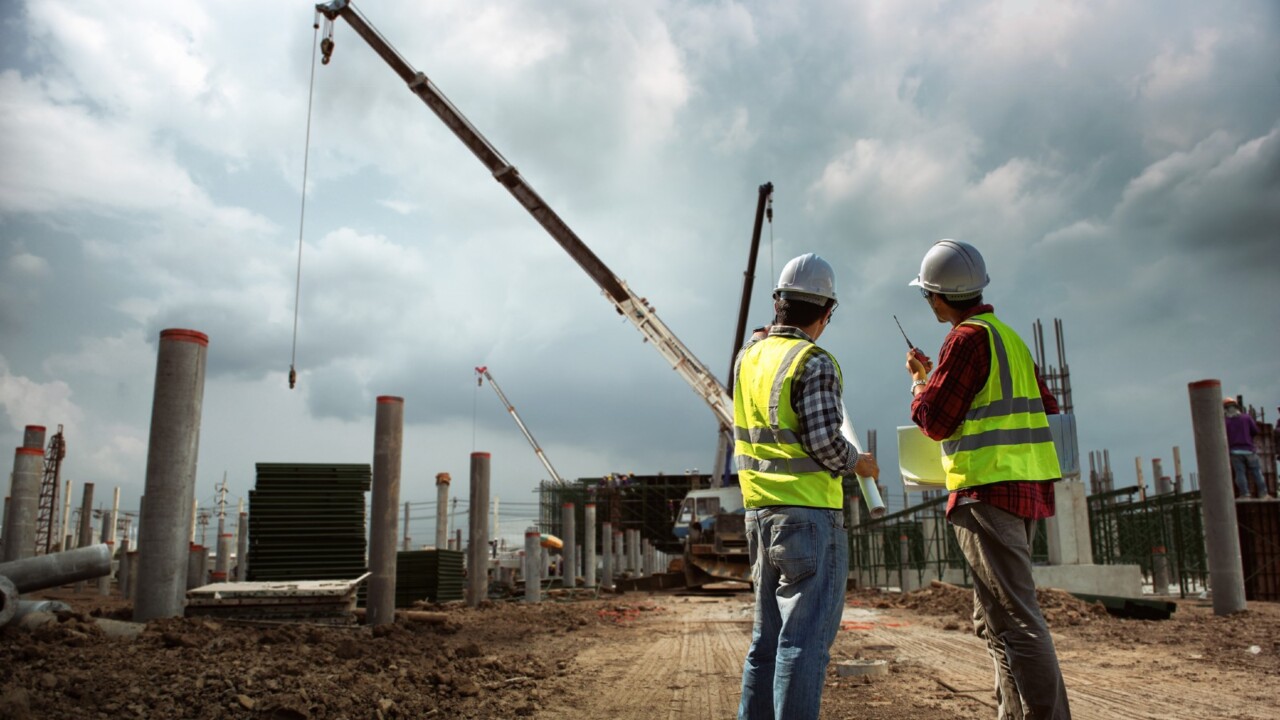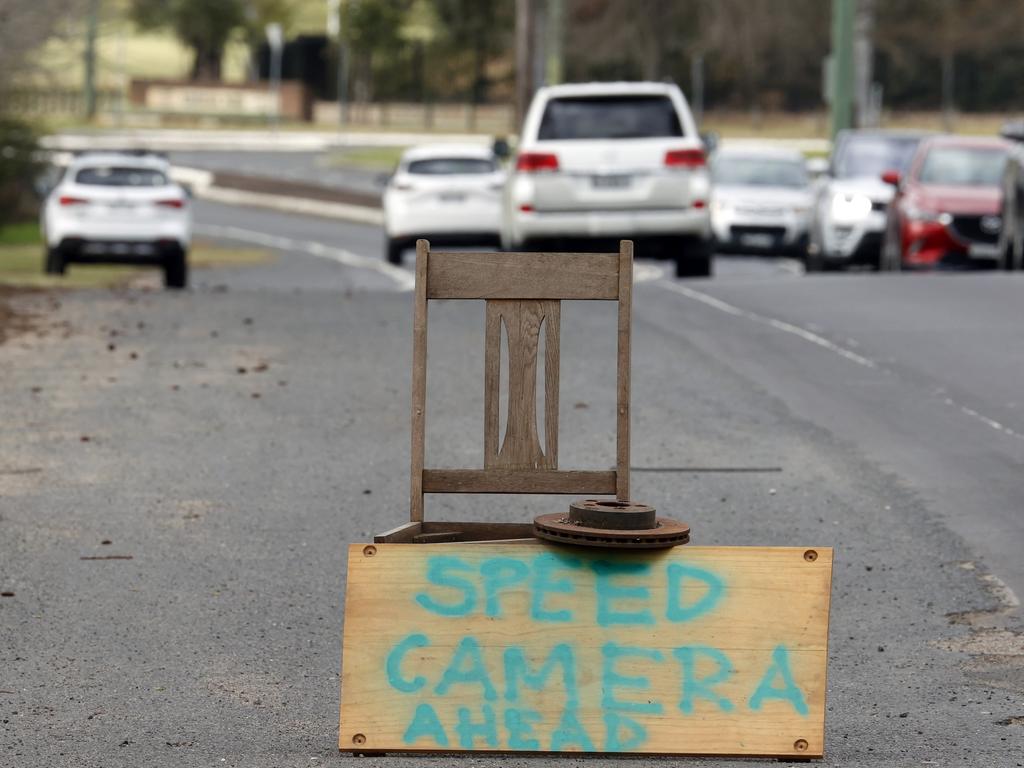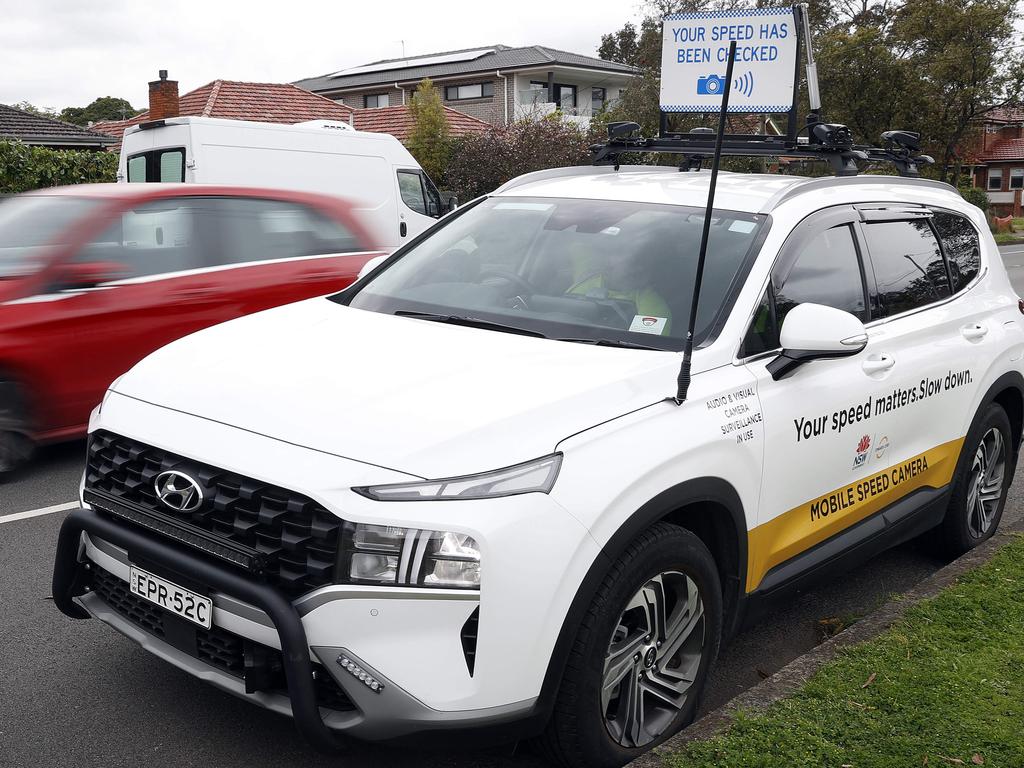Speed camera backlash leads to state government overhaul of “sneaky” tactics
Speed camera operators have been banned from “hiding” between parked cars or camoflauging their signs behind bushes after public backlash over soaring fine revenue from low-range speeding offences.

Speed camera operators have been banned from “hiding” between parked cars and behind bushes after public backlash to soaring fine revenue from low-range speeding offences.
But although warning signs on the speed camera cars must not be concealed by foliage, Transport for NSW has warned fines will not be automatically waived even if signs are not visible.
And a pledge by the state government to reinstate warnings signs is being attacked by Labor as disingenuous, with the signs being fixed to the top of detection vehicles rather than on the side of the road as they were previously.
The new protocols for speed camera operators were unveiled during a Budget Estimates hearing into regional roads last week, with Transport for NSW deputy secretary Tara McCarthy confirming the overhaul.
TELL US IF YOU HAVE BEEN BUSTED BY A SNEAKY SPEED CAMERA OPERATOR IN THE COMMENTS BELOW

Ms McCarthy revealed how the new protocols required operators to park “about 10 to 15 metres” from the nearest vehicle.
“It wasn’t in place on 1 April. We have responded to community concerns.
The location of speed camera operators in relation to changes in speed zone was also checked at base before they could proceed, Ms McCarthy said.
Speed camera operators must also now take a photograph and send it back to base to prove that a warning sign has been raised before they can start pinging motorists.
But, asked what would happen if a motorist was able to show that a sign had not been visible, Ms McCarthy warned that fines would not necessarily be waived.
“At the end of the day, if a person commits an offence, then they have committed an offence,” she said.
“They always have the ability to ask for that offence to be reviewed and individual cases will be considered.”

The state government uses two companies for its traffic enforcement, with Acusensus operating in the south and Redflex in the north.
Fine revenue data for the past financial year shows low-range speeding fine revenue – motorists clocked less than 10km over the limit – bolstered Treasury coffers by 855 per cent compared with the previous year, clocking in at $47m.
Total fine revenue from all speeding offences was $75m.
The month of January this year was the most profitable for the government, which collected $7.8m in low-range speeding fines and $12.5m across all speed bands.

Community anger over sneaky speed camera tactics has led to members of the public constructing their own warning signs on the roads.
The sentiment has been seized on by the state opposition, which has pledged to abolish hidden speed cameras should Labor win government next March.
State opposition roads spokesman John Graham said the government should bring back the advance warning signs.
“The government has now spent millions of dollars on pop-up signs and introduced new rules to stop covert cameras, but why not just bring back these warning signs?” he said.
“The opposition supports the return of warning signs before and after mobile speed camera vehicles. “That was the previous arrangement. That will help maintain community support for mobile speed camera enforcement.”
Got a news tip? Email weekendtele@news.com.au





